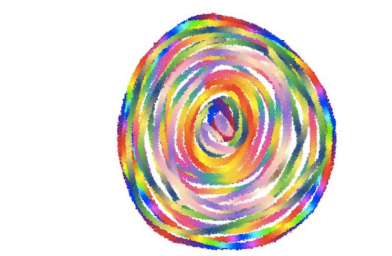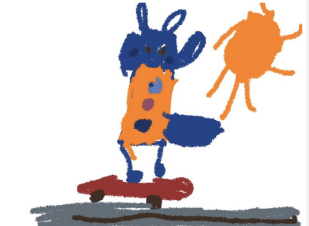Young children live in a social world. And while many believe they do not have awareness of racial and ethnic differences, research is showing otherwise. Studies show that as early as 6 months, a baby’s brain can notice racial differences and by the age of 4, young children have learned to evaluate people based on race; thus affecting their choices with whom they play and befriend. They learn bias from an early age from their first teachers- their parents. The language we use to talk about racial and ethnic differences is a major influence in how children perceive those who are “different”. The classroom environment also influences how children perceive race and ethnic differences; and as educators, we must be vigilant in our observing and in our actions . Take a close look around the classroom environment? Do classroom books represent a diverse cross-section of cultures? Are puzzles, dolls, and classroom images multi-cultural? Are children segregating themselves within group activities? Are we providing meaningful cultural opportunities that allow children to develop cultural literacy?
It’s important that we model how we want children to respond to others who are different from them. We also must acknowledge that racial bias exists and examine our own biases. Educators and parents should actively teach students to be respectful and kind when discussing racial differences. Use positive language when young children point out differences or ask questions. Rebut or re-state comments calmly if the child states something that is negative or troubling. “Her skin is funny looking” is rebutted as “Her skin is a different color than yours, It’s not funny looking. People are different colors.”
Most early childhood classes explore an “All About Me” unit of study early in the school year. This is the perfect time to highlight how everyone is unique and special just as they are and that differences are good things, not bad. To that end, my friend Marc Faulder, an Apple Distinguished Educator, and I co-authored a book called A Rainbow of Friends. It is uploaded into the Apple Bookstore and can be downloaded here. It’s a short book with activities to help children explore cultural similarities and differences in a positive manner. 
Here is the Table of Contents. There are creative opportunities in drawing, photography, and music using the iPad.
Now is the time to be a part of the movement…to make a positive impact in changing our young students’ perspectives toward racial equity.
























